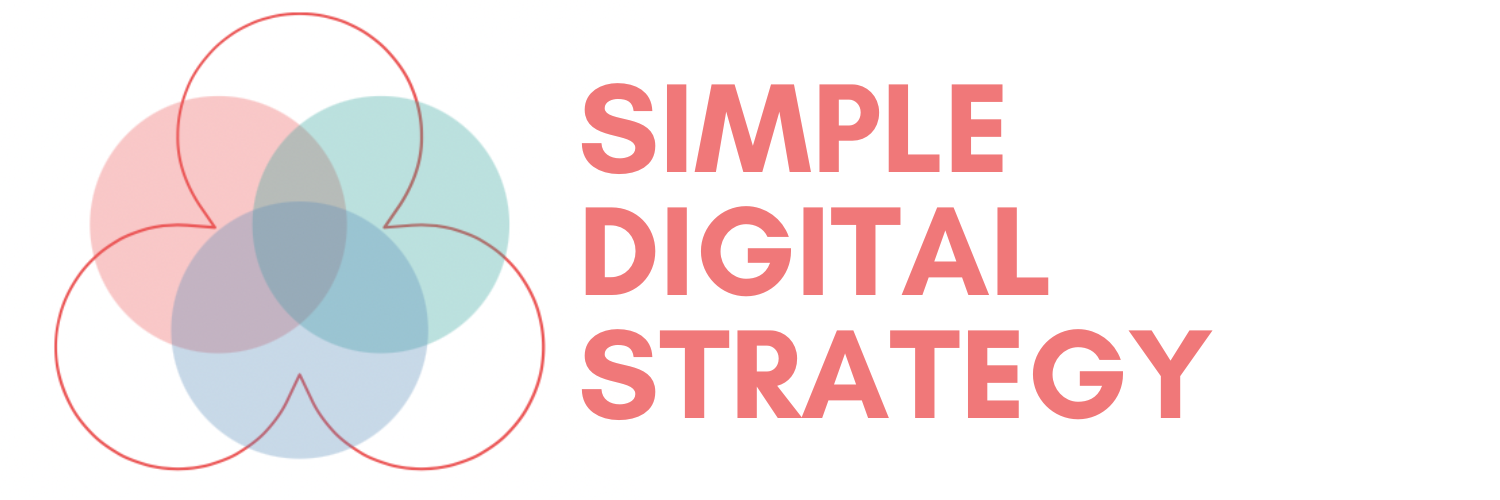Audience Segmentation Made Simple
How Small Businesses Can Use Segmentation to Deliver Better Campaigns and Drive Growth

As a small business owner, you’ve likely heard the phrase “know your audience.” But knowing them isn’t enough—you need to understand and act on their differences. This is where audience segmentation comes in. By dividing your audience into meaningful groups, you can deliver targeted messaging, improve campaign results, and grow your business more effectively.
In this guide, we’ll break down how to create a segmentation strategy that’s simple and actionable.
What Is Audience Segmentation?
Audience segmentation is the practice of dividing your audience into smaller groups based on shared characteristics. These groups, or segments, allow you to tailor your marketing efforts to specific needs, behaviors, or preferences.
For example:
- A bakery might send coupons for cakes to customers who recently celebrated a birthday.
- A fitness studio might promote beginner classes to new subscribers while offering advanced tips to long-time clients.
Why Segmentation Matters for Small Businesses
- Increases Relevance: Customers are more likely to engage with messaging that speaks to their specific needs.
- Saves Time and Money: Instead of trying to reach everyone with one campaign, you can focus on smaller groups with higher conversion potential.
- Improves Personalization: Small businesses thrive on relationships—segmentation helps you build them authentically.
How to Segment Your Audience
Creating an effective segmentation strategy involves a few key steps:
1. Collect Data
To segment your audience, you need data. Start by leveraging tools you already use:
- CMS (Content Management System): Analyze how visitors interact with your website.
- Email Marketing Platforms: Check open rates, clicks, and past purchase behavior.
- Google Analytics: Dive into demographic, geographic, and behavioral insights.
2. Define Your Segmentation Criteria
Decide which characteristics matter most for your business. Common criteria include:
- Demographics: Age, gender, location.
- Behaviour: Website activity, purchase history.
- Engagement Level: Frequency of interaction with your emails or social posts.
- Pain Points or Goals: What problem are they trying to solve?
For example, if you run a yoga studio, you might segment customers by class preference (e.g., beginners vs. advanced).
3. Create Meaningful Segments
Group your audience based on shared traits that align with your business goals. For instance:
- Segment 1: “Loyal Customers” – People who purchase monthly.
- Segment 2: “Inactive Subscribers” – People who haven’t engaged in 90 days.
4. Test and Refine Your Segments
Your first segments might not be perfect. Monitor how they perform over time and refine them based on results.
Tools to Help You Segment Your Audience
You don’t need an enterprise budget to implement segmentation. Here are tools that SMBs can use:
- Mailchimp: Great for segmenting email lists based on activity or tags.
- Google Analytics: Offers insights into audience demographics and behavior.
- Your CMS or CRM: Use built-in tools to track customer interactions.
Coming Soon: Tools like our Audience Segmentation Platform will help SMBs connect their CMS, email marketing, and analytics for even easier segmentation.
Action Plan for Small Businesses
Here’s how you can start creating your audience segments today:
- Analyse Your Current Audience: Use your email marketing tool or Google Analytics to identify trends.
- Define Two Simple Segments: Start small—e.g., “Frequent Shoppers” and “Occasional Visitors.”
- Customise Your Messaging: Send tailored emails or ads to each group.
- Measure Results: Track how your campaigns perform and refine your segments over time.
Wrapping Up
Audience segmentation doesn’t have to be complicated. With the right tools and a clear strategy, you can better understand your customers, deliver targeted campaigns, and grow your business faster.





